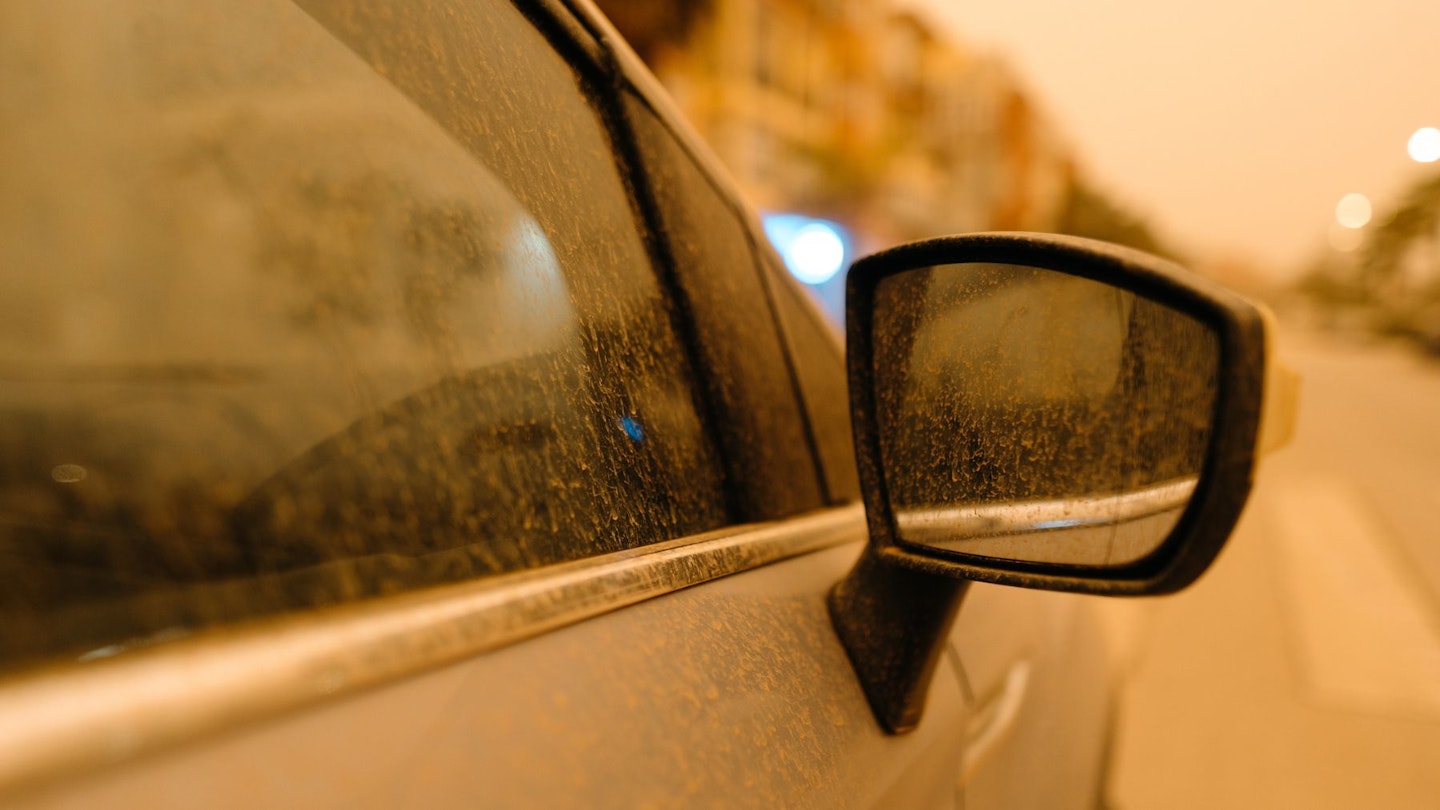Occasionally, the UK receives what news outlets call 'blood rain' - an effect of Saharan dust. Namely, it's a mixture of sand and dust from North Africa and lifted from the ground via strong winds. These dust clouds can then reach very high altitudes and travel thousands of miles in any direction. It's a real test for any good car cleaning product.
The UK sometimes receives a dose of Saharan dust if they travel north. For the dust to reach the ground, rain comes in and washes that cloud out of the sky. Those raindrops contain dust particles, and once they evaporate, a layer of Saharan dust is covered on your car's paintwork.
If you try to wipe these off with your finger, you may create fine scratches that may need to be corrected. So, if you're meticulous about the condition of your car's bodywork and love a good car cleaning kit, you must know how to remove the Saharan dust safely.
Of course, the extent of the dust won't be as thorough as either of the Ferraris, a 512M and Purosangue, that CAR Magazine took to the Sahara Desert. But even the droplets set to hit the UK can be harmful. Even with a wash mitt on hand, they can cause tiny scratches to your bodywork.
Read on to discover the best advice, products, and method to use when tackling the geographical phenomenon.
Step 1: Prewash and snow foam
The best way to unstick and rid the top, thick layer of sand is to not physically touch it. Instead, grab yourself a pressure washer and coat your car in a layer of snow foam. Prewash is also very advisable, but not totally compulsory.
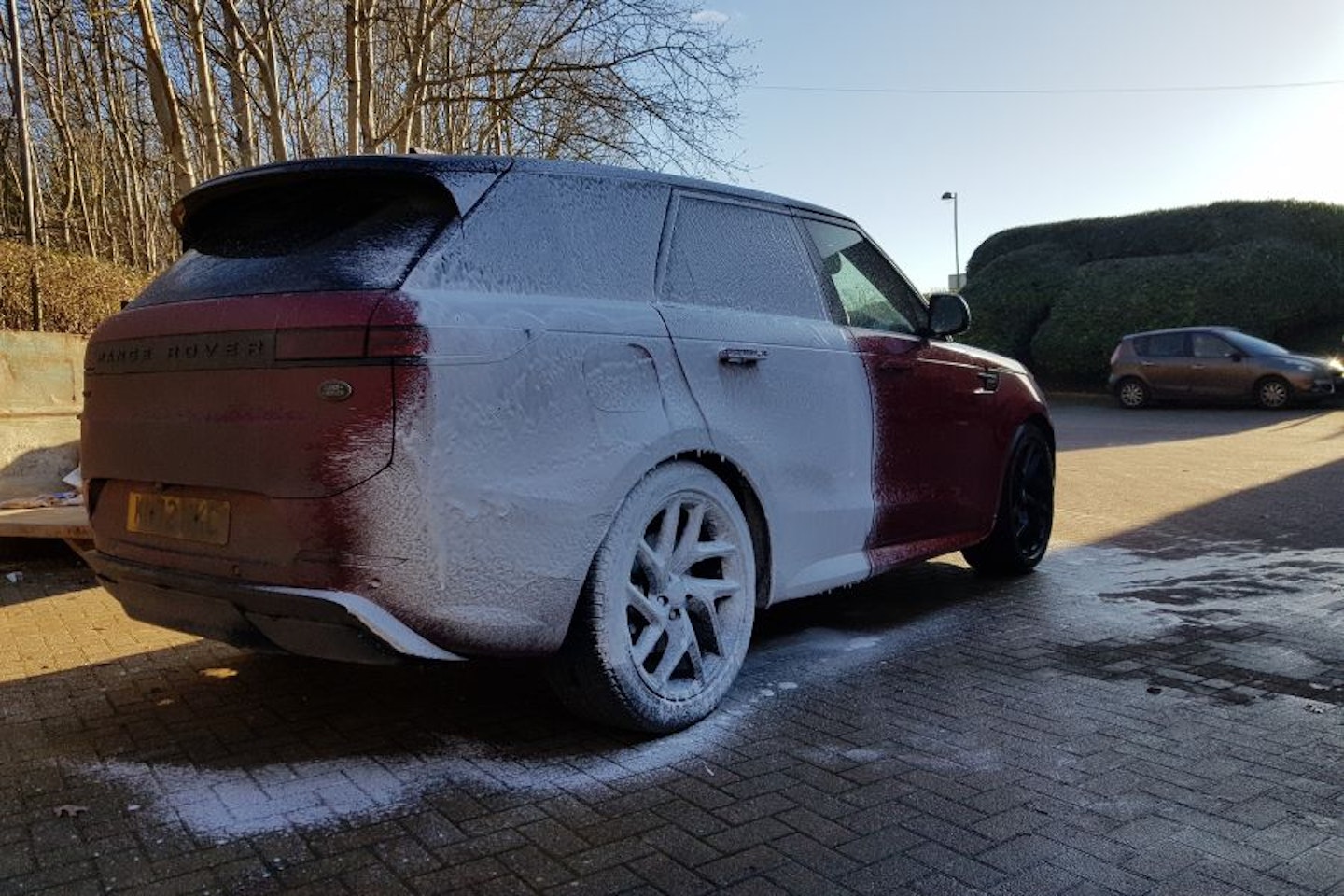
This is because the function of snow foam is to lubricate the pre-wash and ensure the best lifting of the dirt beneath. But since we're dealing with loose sand, you don't necessarily need it. Leave the snow foam to set in for around 5 minutes before rinsing. The consensus is that without physically touching the bodywork, you'll reduce the chances of you scratching the paint with the sand.
Step 2: Rinsing the Saharan dust off
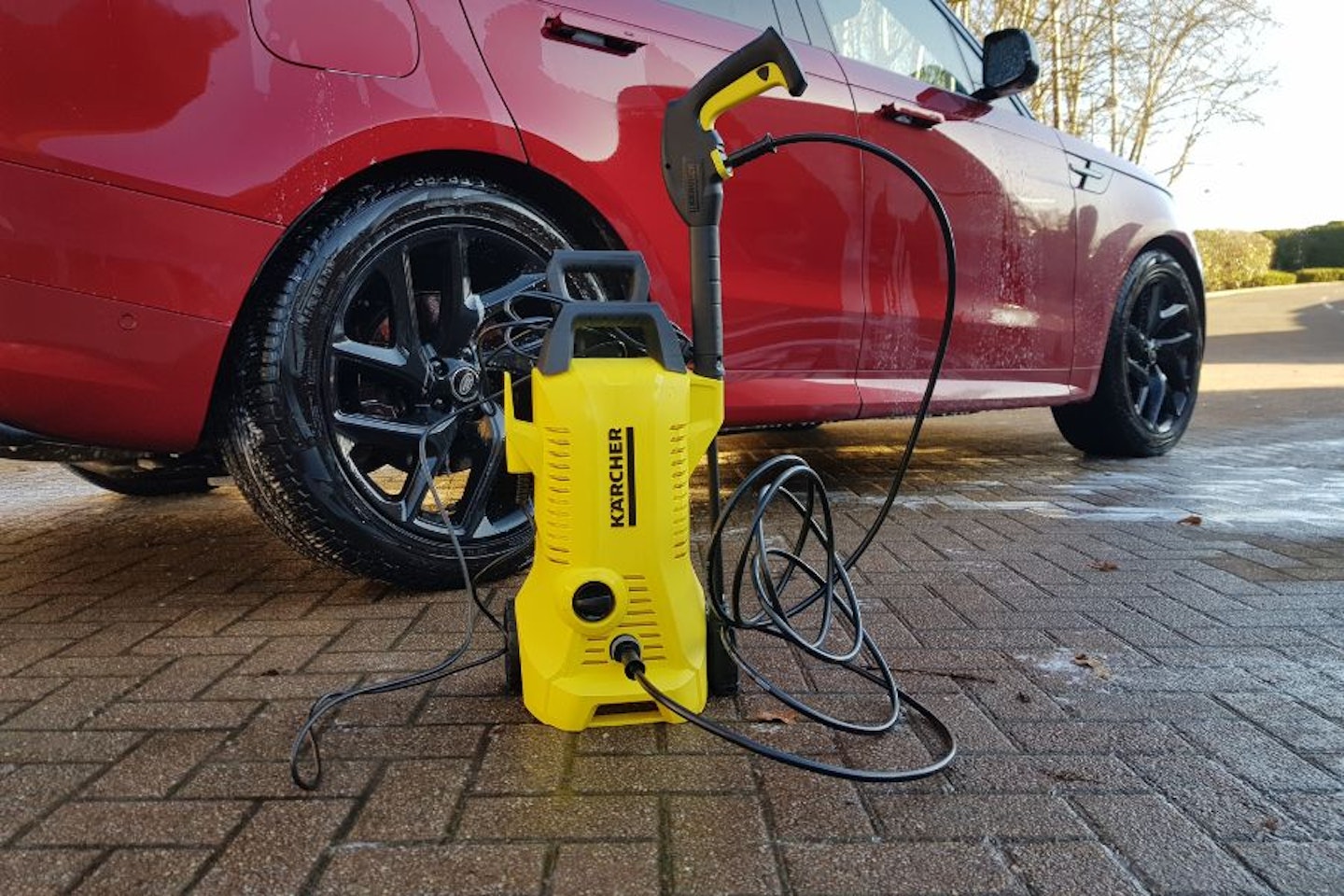
The next step is to rinse off that snow foam. And since the best way to apply the foam is by enlisting the help of a pressure washer, you'll want to be using one of those. But a standard hosepipe should be sufficient, if you don't have one. This again continues the touchless approach to cleaning, once again limiting the scratch risk while cleaning.
Step 3: Shampoo and wash
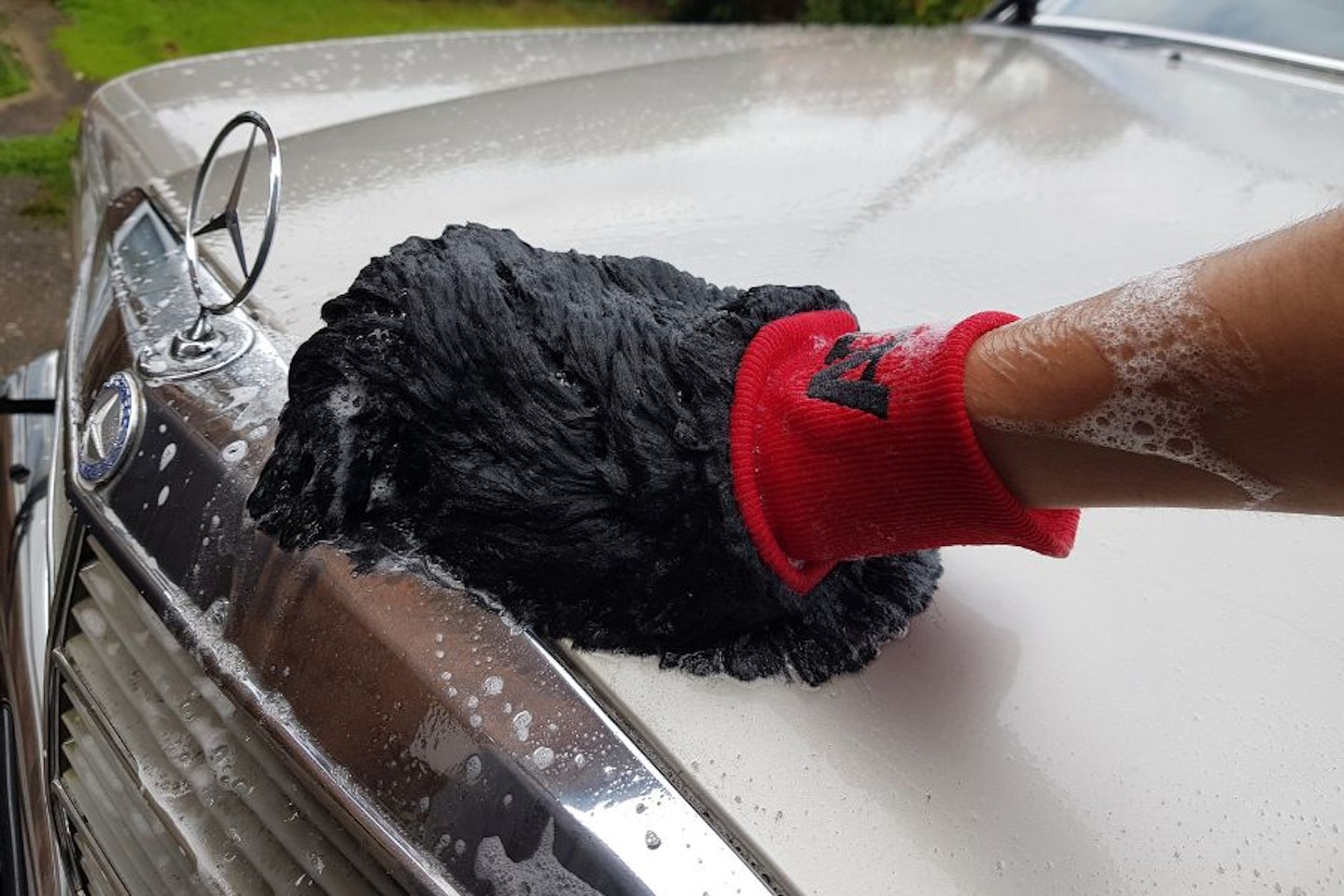
After you've rinsed off the dust, you're probably going to want to properly wash your car afterwards. There are a number of great car shampoos available, designed to effectively lift grime (dust in this case), without causing damage.
Shampoo breaks the bond between the remaining dust and the paintwork. The dust is lifted, which is then rinsed away again using a jet of water. Always use a good quality mitt to ensure the dust is safely separated from the water and paintwork.
Using a wash mitt
The times when you used to pick up a sponge to wash your car are far behind us. Wash mitts were created to be far more gentle on the bodywork, and to ultimately prevent scratches on your paint. They are safer to use (for your paintwork) than sponges due to the fact they carry less grit and clean far better.
In terms of the bucket you'll be using, it's always good practice to have one with a grit guard, so you can ensure the remaining dust and dirt is captured at the bottom of the bucket without the risk of it running through your paintwork again.
Step 4: Drying
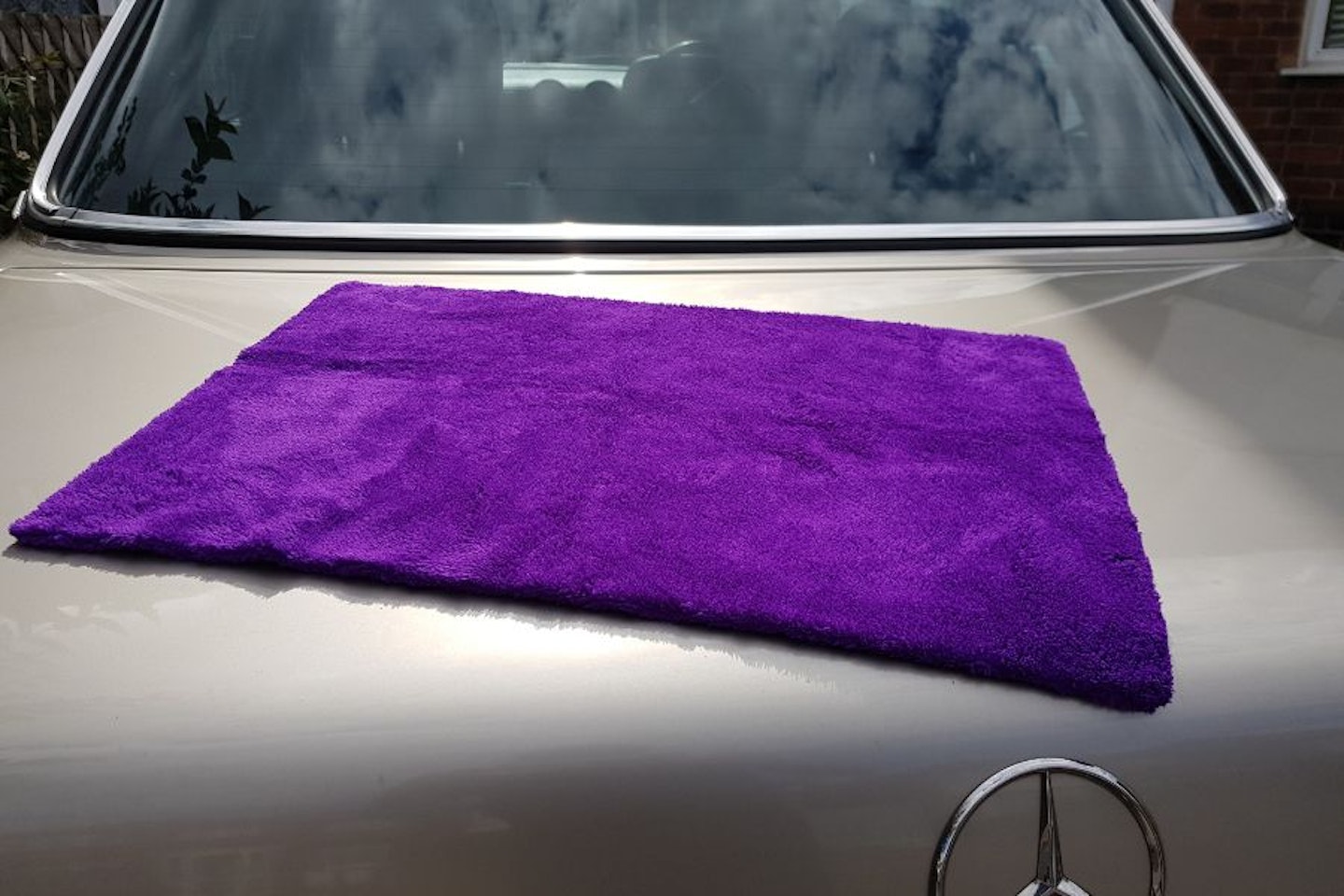
After you've washed and rinsed your vehicle, the best thing to do is grab a drying towel and systematically pat down and pull it across sections of your bodywork to dry it. Much like a wash mitt, these microfibre based towels are soft and shouldn't drag any remaining dirt across your paint. They're also super absorbent.
Step 5 (optional): Correction and ceramic coating
One of the easiest ways to give your car a ceramic coating is by using a ceramic spray. It's easy to apply as you simply need to spray a section onto a panel before buffing it with a microfibre towel - like you would with a tin of car wax.
Because Saharan dust tends to make its way to the UK more than once, it might be a good idea to coat your car with a ceramic coating, so that it's easier to rinse off next time around.
Things to avoid when cleaning off Saharan dust
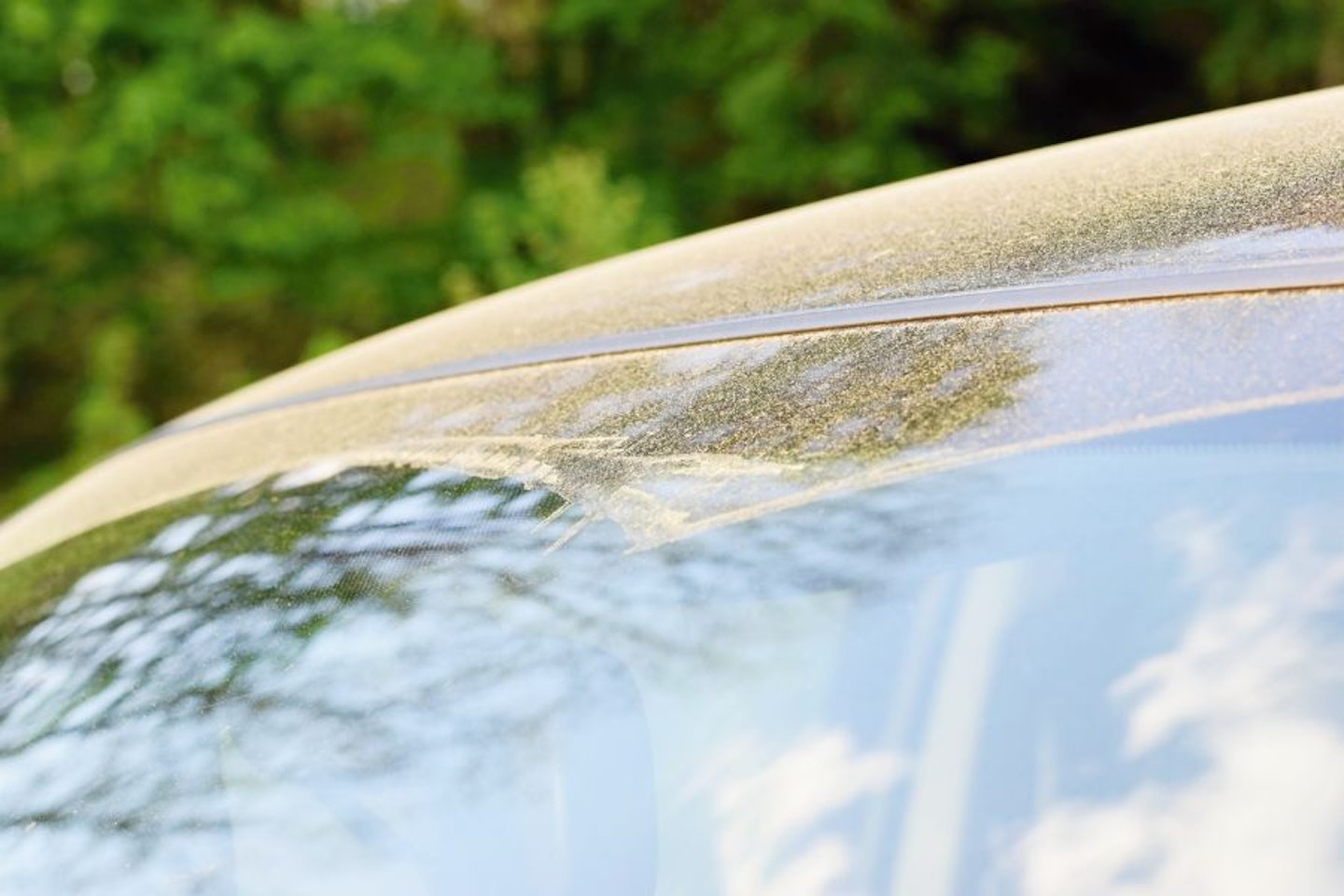
Avoid running your wash mitt through the top layer of dust. Whether it's a mitt or even your bare hand (don't do that second one), rubbing the top layer of sand across your paintwork increases the chance of scratching it. So, if you want to preserve your paint, make sure to lift up and rinse the top layer off without making physical contact with the body.
While a standard hosepipe is more than sufficient for removing dirt and grime, a good pressure washer applied on snow foam will ensure the worst of the sand and sticking dirt is rinsed away.
If you're considering polishing and ceramic coating your car afterwards, consider how much of the paintwork needs to be corrected from previous swirl marks and similar. Not even the best drying towel can hide these marks, so it's always best to avoid a ceramic coating if your car is already suffering from swirl marks. The glossy finish will always show up best if these are ironed out.
Aaron Hussain is a commercial content writer at Bauer Media writing for Parkers and CAR. He is obsessed with classic cars and anything with a fascinating story to tell.
For verdicts, scoops, news and analysis from the team, delivered direct to your inbox, subscribe to the CAR newsletter.
You can enjoy CAR in its traditional print format, or one of the swelling number of digital editions, optimised for Apple iPhones, Android devices, iPads, tablets and desktop computers.
Just so you know, whilst we may receive a commission or other compensation from the links on this website, we never allow this to influence product selections - read why you should trust us
